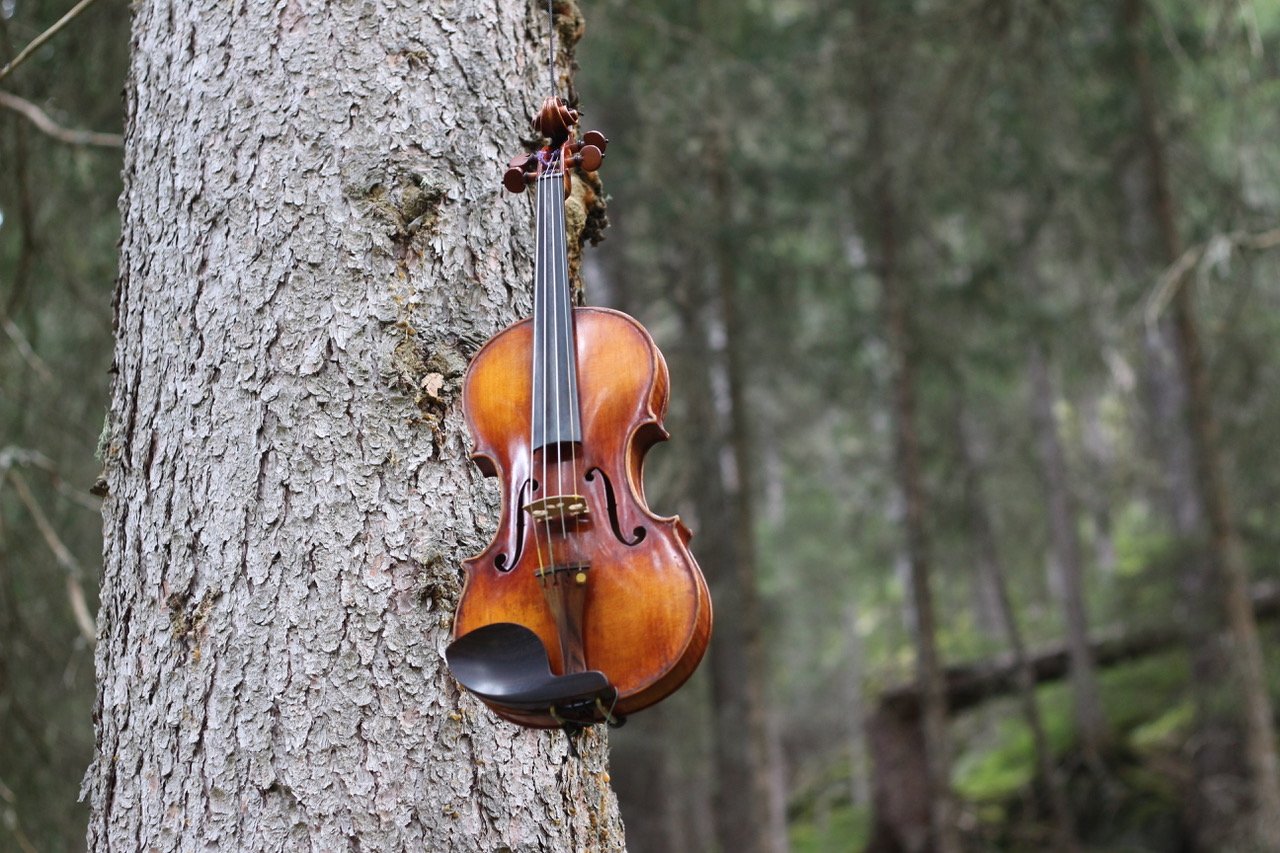Journalist Jo Hutton reflects on her experience at our Barbican Main Hall debut listening to place earlier this year.
There’s something about the Barbican concert hall, with its irregular wood panelling and wide but shallow auditorium that brings the whole audience as close as possible to the stage and feels like a more intimate concert space, whilst providing all the acoustic grandeur of an orchestral performance.
This makes it the perfect venue for ‘Listening to Place,’ an all-day event curated by the Nonclassical label to showcase their particular take on contemporary classical music, with their inclusive community of eclectic, experimental and avant-garde artists. The event is based around field recordings and throughout the day the foyer stage offers free panel discussions on the theme of listening. There are performances from, amongst others, Chihiro Ono, Ligeti Quartet, Cedrik Fermont and label founder and composer Gabriel Prokofiev, whose intriguing question, ‘does where we come from affect how we hear?’ invites the audience to reflect on how we identify place through sound.
The Langham Research Centre, who performed Cage and Luc Ferrari pieces during the afternoon, open the evening concert. Each member knows this concert space well from a lifetime of working here individually on different projects and it is a joy to see and hear them performing together on this stage, with a new composition ‘A Return to Spatial Features.’ It seems to have been composed with this particular acoustic in mind. Every reverberant detail reveals the LRC’s broad dynamics from the tiniest whirring gadget to the grungiest crash of metal against concrete. A table of electro-wizardry conjured from household tools, buzzing or clicking toys and homemade electronic gadgets is performed by Philip Tagney and Robert Worby, whilst Iain Chambers delivers crisp metallic thwacks and ringing tones from his extensive archive of beautifully-recorded and manipulated samples of brutalist buildings. Felix Carey is at the ivories of the Barbican’s prepared, open-lidded Steinway, performing minimal piano murmurs and delicate melodic sequences in perfect contrast to the whirring fan and ear-splitting siren-in-a-concrete-car-park coming from the table on the other side of the stage.
Large screens either side of the stage project a selection of images by Photolanguage, (Nigel Green and Robin Wilson) of LRC’s favourite brutalist buildings, including Bobigny and Créteil in Paris, to guide our sonic imaginations with the sharp concrete and glass lines, curves and slopes, which continue to inspire so much of their work. Yet this is not just a Brutalist architecture-inspired soundscape. Every sonic inflection is carefully crafted, scored and played out with orchestral precision by four musicians who reveal at every moment their rich and diverse musicality.
Later performances include established names such as the Ligeti Quartet playing Cassandra Miller, recordings from Jacob Kirkegaard and in memory of celebrated environmental recordist Ian Rawes. Newer artists include Nabil Benabdeljalil, Christian Onyeji and Li Yilei, with pianistic interludes from Rebeca Omordia who mixes Lili Boulanger with Prokofiev’s field recordings.
Kate Carr perfectly complements the LRC with her table of musical things: a zither, a selection of bright-coloured plastic toys and children’s instruments, tone generators and an electronic probe. Carefully placed piles of stones vibrate a tambour drum skin and a gentle wooden whistle with a long reverb tail evokes an owl’s call, embedded in recordings of the buzz and hustle of the Bricklayer’s Arms roundabout in Bermondsey where she lives. Carr knows how to hear space and place sounds, constantly building new textures with an increasing but never cluttered intensity.
Above her partly-concealed table a camera projects a close-up view of her hands and instruments which demystifies the sonic alchemy of plastic, wood, metal and electricity that is concocted in Carr’s music. Our instinctive curiosity wants to know the source of her sounds – as Robert Wyatt would say, ‘what’s she building in there?’ – but I find myself torn between wanting to follow her actions and objects on the screen, and just closing my eyes, surrendering to her sumptuous sound worlds. It’s that same old listening issue. Why do we need to know the source of sounds?
Nonclassical’s event has extended the concert to a gloriously multi-dimensional, multi-sensual listening experience that challenges us to reflect deeply on what our ears are telling us. The answer to Prokofiev’s opening question? Of course it does, but does it matter? We each bring our baggage to the concert and hear it with whatever imperfect listening skills we have, mine from seat 52, row H, which I will remember because it is a very good one.
the greenhouse effect
sun 12 mar | Barbican Conservatory
Nonclassical return to the Barbican Centre in March 2023 with a curated event in the brutalist complex’s Conservatory.







Student journalists Charlie West and Zuzanna Wawrzkiewicz reflect on their experiences at our the greenhouse effect concerts in the Barbican Conservatory.